DNA oligomers wrap around a single-walled carbon nanotube to create ordered sites for the photoaddition of guanine.



The electrification of heating systems could play a significant role in building decarbonization. Heat pumps are emerging as a solution.
Iranian scientists have demonstrated a multi-layer silicon nanoparticle (SNP) solar cell based on nanoparticles that are densely stacked inside a dielectric medium. They considered different SNP structures and configurations to tailor these particles as a p–n junction cell.

“This is because SNPs are assumed to be the main absorber in the cell. Thus, any distance between them reduces the absorption of incident photons,” the group said.
They considered different SNP structures and configurations to tailor these particles as a p–n junction cell. They said this kind of cell could achieve a theoretical efficiency of around 11%.
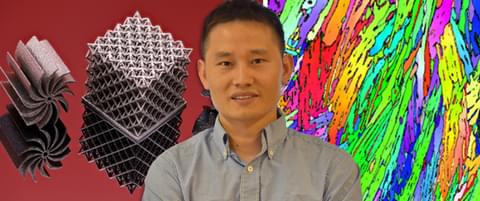
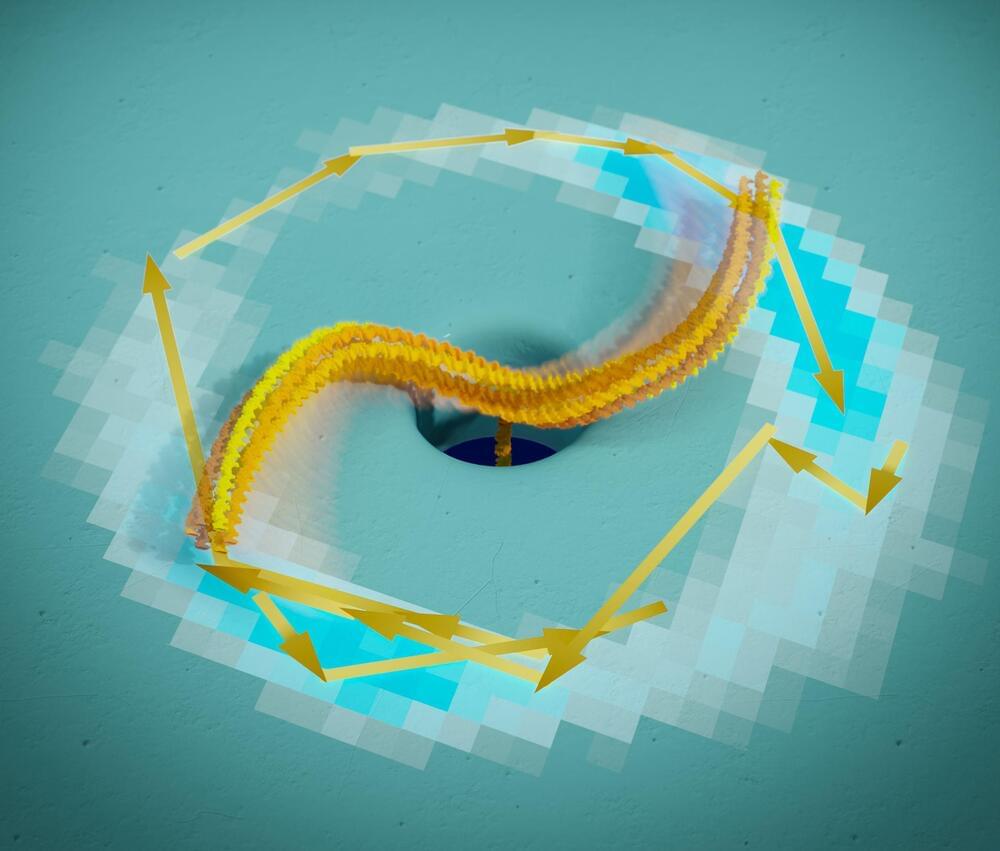
Researchers from TU Delft have constructed the smallest flow-driven motors in the world. Inspired by iconic Dutch windmills and biological motor proteins, they created a self-configuring flow-driven rotor from DNA that converts energy from an electrical or salt gradient into useful mechanical work. The results open new perspectives for engineering active robotics at the nanoscale.
The article is now published in Nature Physics (“Sustained unidirectional rotation of a self-organized DNA rotor on a nanopore”).
Rotary motors have been the powerhouses of human societies for millennia: from the windmills and waterwheels across the Netherlands and the world to today’s most advanced off-shore wind turbines that drive our green-energy future.
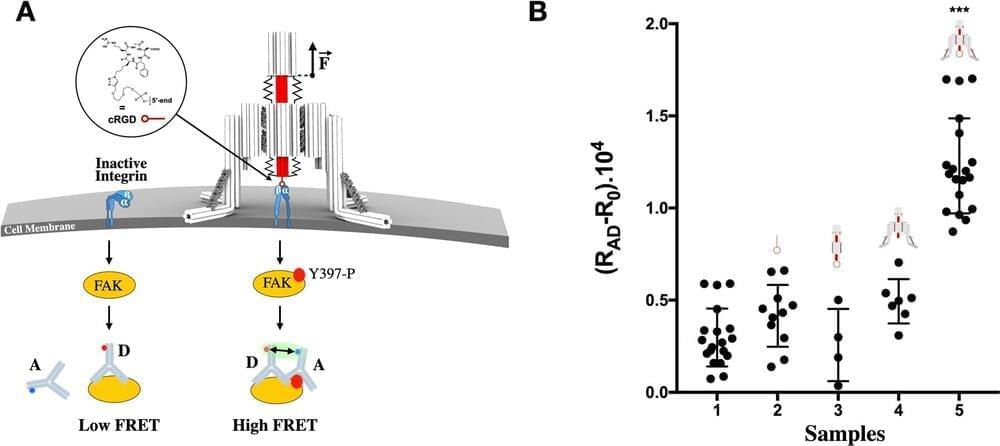
Constructing a tiny robot from DNA and using it to study cell processes invisible to the naked eye… You would be forgiven for thinking it is science fiction, but it is in fact the subject of serious research by scientists from Inserm, CNRS and Université de Montpellier at the Structural Biology Center in Montpellier. This highly innovative “nano-robot” should enable closer study of the mechanical forces applied at microscopic levels, which are crucial for many biological and pathological processes. It is described in a new study published in Nature Communications.
Our cells are subject to mechanical forces exerted on a microscopic scale, triggering biological signals essential to many cell processes involved in the normal functioning of our body or in the development of diseases.
For example, the feeling of touch is partly conditional on the application of mechanical forces on specific cell receptors (the discovery of which was this year rewarded by the Nobel Prize in Physiology or Medicine). In addition to touch, these receptors that are sensitive to mechanical forces (known as mechanoreceptors) enable the regulation of other key biological processes such as blood vessel constriction, pain perception, breathing or even the detection of sound waves in the ear, etc.
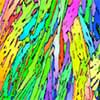
Researchers at the University of Massachusetts Amherst and the Georgia Institute of Technology have 3D printed a dual-phase, nanostructured high-entropy alloy that exceeds the strength and ductility of other state-of-the-art additively manufactured materials, which could lead to higher-performance components for applications in aerospace, medicine, energy and transportation.
The work, led by Wen Chen, assistant professor of mechanical and industrial engineering at UMass, and Ting Zhu, professor of mechanical engineering at Georgia Tech, is published by the journal Nature (“Strong yet ductile nanolamellar high-entropy alloys by additive manufacturing”).
Wen Chen, assistant professor of mechanical and industrial engineering at UMass Amherst, stands in front of images of 3D printed high-entropy alloy components (heatsink fan and octect lattice, left) and a cross-sectional electron backscatter diffraction inverse-pole figure map demonstrating a randomly oriented nanolamella microstructure (right). (Image: UMass Amherst)
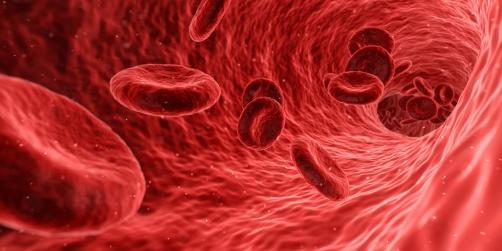
New gene therapy could end high cholesterol responsible for strokes and heart attacks.
The therapy is a one-and-done treatment unlike being on statins or taking monoclonal antibodies. It will make a permanent change to liver cells and stop them from producing the PCSK9 protein. The edits will pass on to the next generation of cells when they divide. That means that even if the therapy is initially expensive, the lifetime cost should prove to be comparable if not lower than current alternatives.
The therapy is delivered to the liver cells in lipid nanoparticles, the same technology being used by mRNA Covid-19 vaccines. The pandemic has created manufacturing capacity for this type of therapeutic delivery which is helping to lower costs.
A successful clinical trial doesn’t lead right away to adoption throughout the medical profession. It is likely there will be many more trials, and a number of years before Verve has enough data to convince regulators to approve the treatment for run-of-the-mill high cholesterol. If it turns out to become the new treatment standard, however, it will be one of the most transformational innovations in human healthcare to be seen in decades.
These include aquatic drones that can be programmed to scoop up floating debris from the surface of rivers, and buggies that use artificial intelligence (AI) to search for and pick up litter for use on beaches.
Scientists are also hoping to scale up the use of magnetic nano-scale springs that hook on to microplastics and break them down.
MailOnline takes a closer a look at some of the technologies currently being used to reduce the man-made debris in our oceans, and those that are still in development.
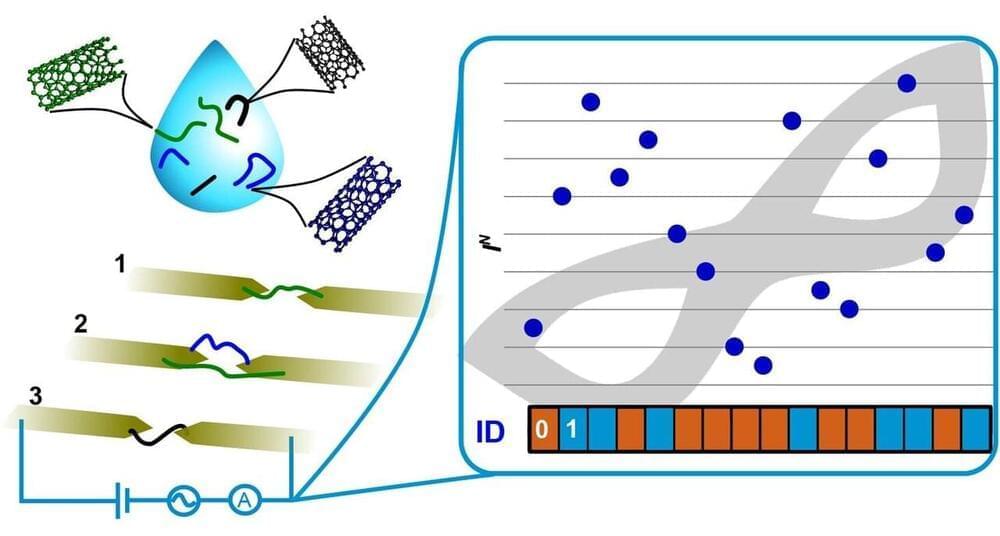
The ubiquity of electronic devices makes it essential to use encryption and anti-counterfeiting tools to protect the privacy and security of users. With the growing expansion of the Internet of Things, protection against attacks that violate the authenticity of products is increasingly necessary. Traditionally, message protection has been based on different systems: passwords, digital signatures or encryption. This cryptography is based on unknown keys to a possible attacker, but unfortunately these systems are becoming obsolete as new more invasive attacks appear: malware, API attacks or physical hardware attacks.
While quantum computing slowly progresses towards the cryptographic paradigm, the so-called physically unclonable functions (PUFs) are presented as the choice to ensure unique and effective identification. A PUF is a device that has unique and non-repeatable physical properties that can be translated into usable bits of information. The idea of applying random physical characteristics to identify systems or people is not new: for example, the identification of individuals using the fingerprint dates from the 19th century. More recently, the identity of electronic devices has been established using PUFs, which are “electronic fingerprints” of an integrated circuit.
Authentication based on PUFs comprises a chip manufactured by intrinsically random processes that make cloning almost impossible, even though all the details of the manufacturing process are known. The measurements of the various physical properties of the PUF depend on the properties of the chip at the nanoscale, thus constitute a very powerful anti-fraud and anti-counterfeiting technology. To be implementable at an industrial level, this chip must be low cost, scalable and its properties must be easily measurable by means of an identifiable function.